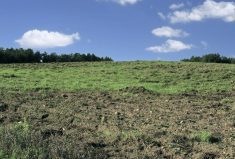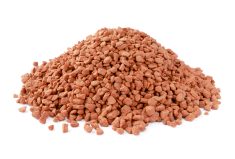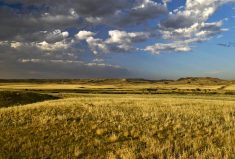Preserving wetlands is good for farmers, not just ducks, says a regional agrologist for Ducks Unlimited Canada.
“When we think about typical farm assets, we don’t think about wetlands,” Paul Thoroughgood told the recent conference of the Canadian Association of Agricultural Retailers.
“We think about land, we think about labour and we think about capital. But there are really a lot of assets that are important to farm production that many of us don’t think about or take for granted.”
Read Also

Manitoba Ag Days 2026: Local businesses gear up for Brandon farm show
Most of agriculture is seemingly at Manitoba Ag Days each January: Manitoba agribusinesses and farm groups look forward to connecting with farmers at the 2026 show.
Wetlands along shelter-belts and beneficial insects such as pollinators fall into a category called “natural capital assets,” because they benefit farms or society as a whole.
“The wetlands that most of us drive by every day on the Prairies – and don’t pay a whole lot of thought to – are some of the most richly diverse ecosystems in the world,” said Thoroughgood.
That’s because a good portion of the wetlands are potholes, small depressions created by receding glaciers that expand in wet years and shrink, or even disappear, in dry ones.
Thoroughgood conceded livestock producers benefit more directly from having wetlands, as availability of water is often a limiting factor in production. Grain and oilseed farmers take a different view, frequently draining potholes so they don’t have to manoeuvre around them. About 80 acres of Canadian wetlands are being lost each day, said Thoroughgood.
DOWNSTREAM EFFECTS
However, draining wetlands increases the possibility of flooding your neighbours or downstream communities.
“Individual drainage projects may have made sense at the farm level, but when you add the cumulative effects the effects can be negative,” Thoroughgood said.
Farming drained wetlands can increase nutrient run-off because marshes are a natural buffer.
Maintaining wetlands is a way of enhancing environmental stewardship and sustainability, which is of growing importance to the average Canadian consumer, said Thoroughgood.
“Wetland conservation and restoration needs to be thought of as a critical best management practice, bringing long-term sustainability to the agricultural production system in Canada,” he said.















